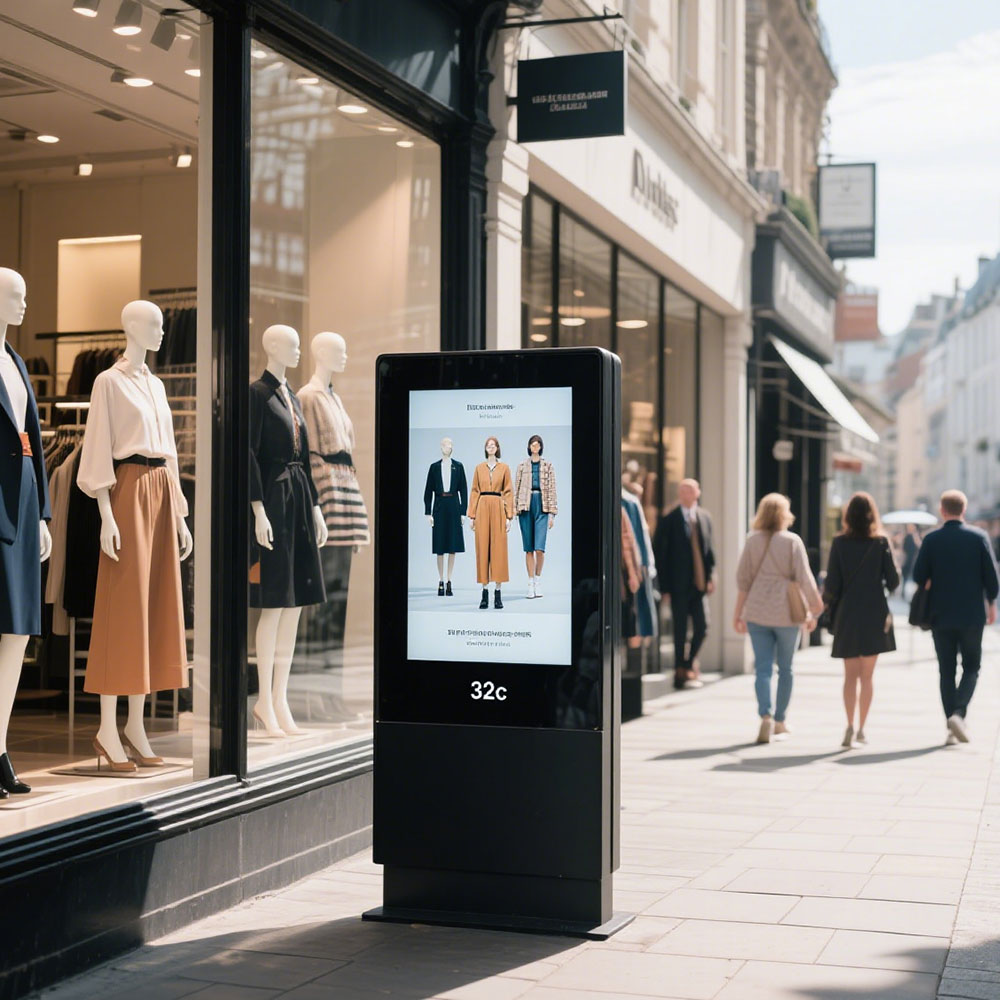Outdoor LCD displays are essential in modern digital signage, public transportation systems, retail environments, and smart city infrastructure. These screens must endure harsh weather conditions—extreme temperatures, humidity, UV exposure, and physical impacts—while maintaining brightness, clarity, and reliability. To ensure optimal performance, professionals must understand not only the technical specifications but also real-world applications, maintenance best practices, and emerging trends.
One of the most common practical applications is in transit hubs such as airports and train stations, where outdoor LCDs provide live flight/train updates, emergency alerts, and advertising. In retail, they drive foot traffic with dynamic product promotions visible even under direct sunlight. According to a 2023 report by Grand View Research, the global outdoor digital signage market is projected to grow at a CAGR of 8.4% through 2030, driven largely by demand for energy-efficient, high-brightness displays.
Key advantages of outdoor LCDs include high luminance (typically 5,000–10,000 nits), IP65 or higher weatherproof ratings, and advanced anti-glare coatings. These features allow visibility in bright daylight and protection from dust and water ingress. Additionally, many models now support remote monitoring via cloud-based platforms, enabling proactive maintenance and content updates without on-site visits.

However, common problems persist. Thermal management remains critical—overheating can cause pixel degradation or premature failure. Poor ventilation, lack of sunshades, or unshielded internal components often lead to reduced lifespan. Another issue is screen burn-in from static images (e.g., logos or navigation icons), especially when content isn’t optimized for rotation. Industry standards like IEC 60068-2-1 (cold testing) and IEC 60068-2-30 (humidity resistance) help manufacturers validate durability, but field conditions vary widely.
The latest trend involves integrating AI-driven content optimization and environmental sensors. For example, some displays automatically adjust brightness based on ambient light levels using photodiodes, reducing power consumption by up to 30%. Others use edge computing to process data locally—enabling faster response times for interactive kiosks or real-time traffic information. According to a case study from LG Electronics (2022), an outdoor display system deployed in Seoul used AI-powered scheduling to reduce energy costs by 22% while increasing viewer engagement by 17%.
To maximize longevity, regular cleaning with non-abrasive microfiber cloths, annual calibration checks, and firmware updates are essential. Professionals should also invest in protective enclosures with passive cooling systems and surge protectors to mitigate electrical damage during storms. As cities become smarter, outdoor LCDs will evolve beyond mere screens—they’ll serve as intelligent nodes in urban ecosystems.







